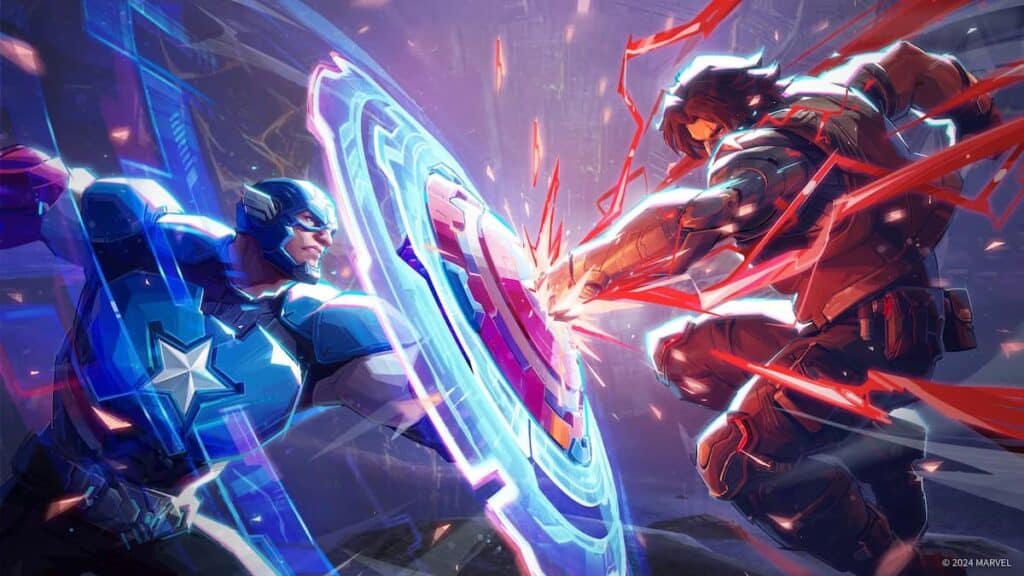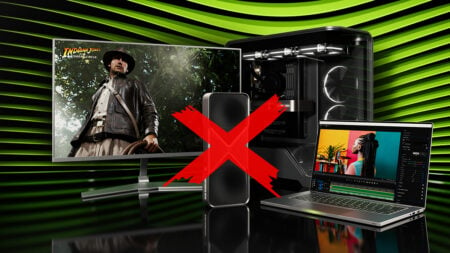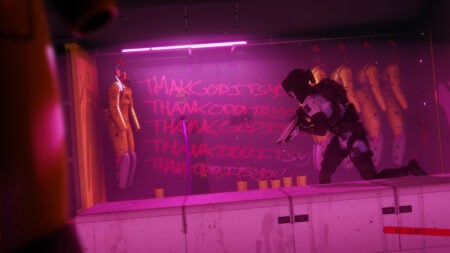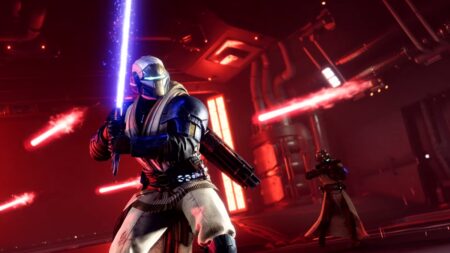When I first got my hands on Marvel Rivals at Summer Games Fest 2024, I was skeptical. The game felt like a straightforward reskin of Overwatch, with the key difference being a third-person perspective and a roster filled with beloved Marvel heroes and villains. However, after spending more time with the game, especially with its latest closed beta during Gamescom 2024 which adds two new heroes to the roster, I’ve rather changed my tune. Marvel Rivals has started to win me over, albeit not without one or two reservations.
In recent weeks, it’s occurred to me that even without trying, Marvel Rivals‘ familiar characters make it far more accessible than other hero shooters. Where typically one has to overcome a sharp learning curve in this department, an inherent familiarity with the Marvel heroes largely removes this from the equation. Whether you’re swinging through the battlefield as Spider-Man or blasting foes from above as Iron Man, there’s an intuitive understanding of each hero’s appearance and abilities rooted in years of exposure to Marvel media. This familiarity really does lower the barrier to entry to getting acclimated to the chaos of combat.
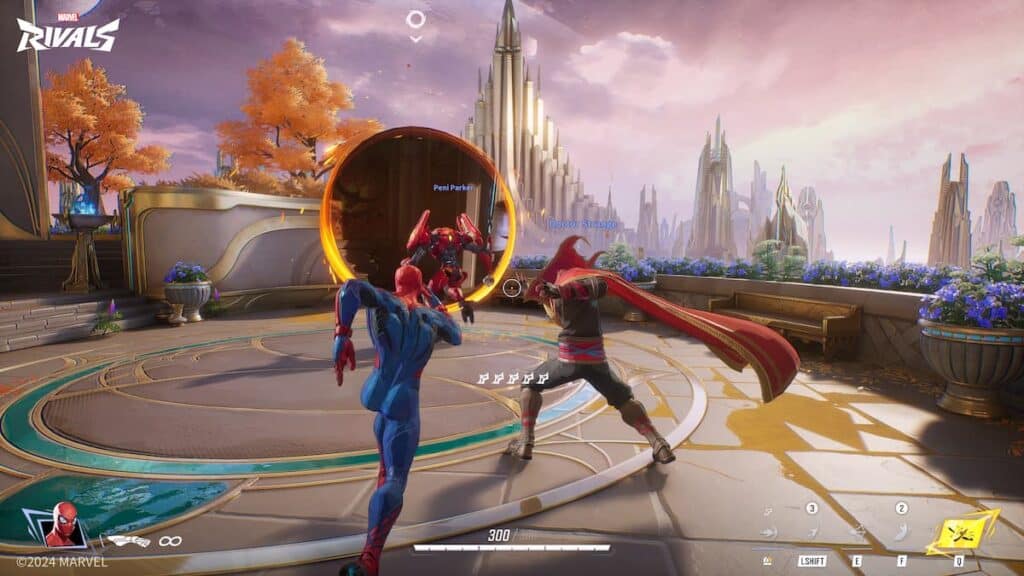
Elsewhere, I’m loving Marvel Rivals‘ lower time-to-kill (TTK) than Overwatch 2. This subtle shift makes the gameplay feel more impactful, allowing players to turn the tide of battle with well-timed abilities and coordinated team efforts. For someone like me, who favors tactical shooters with a focus on precision and strategy, this lower TTK makes Marvel Rivals a substantially more gratifying experience. At last, I’m playing an Overwatch experience where I feel as though my actions have a tangible impact on the battlefield, where individual prowess is more apparent. Yes, I’m a show-off.
For this latest Gamescom build, I got to test out two new heroes: Captain America and Winter Soldier. Just as with other heroes in the game, both offer plenty of opportunity to combo-wombo with teammates and engage with the game’s mechanics more deeply.
Captain America, categorized as a vanguard hero, brings a mix of defensive and offensive capabilities. His iconic shield not only deflects enemy projectiles but can also be thrown to finish off enemies at range, with its weighty punch making for some serious satisfying combat. For a tank, he’s also pretty mobile, with a sprint that enhances his jump and enables a powerful slam ability. His ultimate, Freedom Charge, boosts the speed and health of his teammates, making him a versatile choice for those who enjoy being right in the middle of the action.
Generally speaking, I really like what Marvel Rivals is doing with tanks, making them far more fluid and engaging than in other hero shooters.
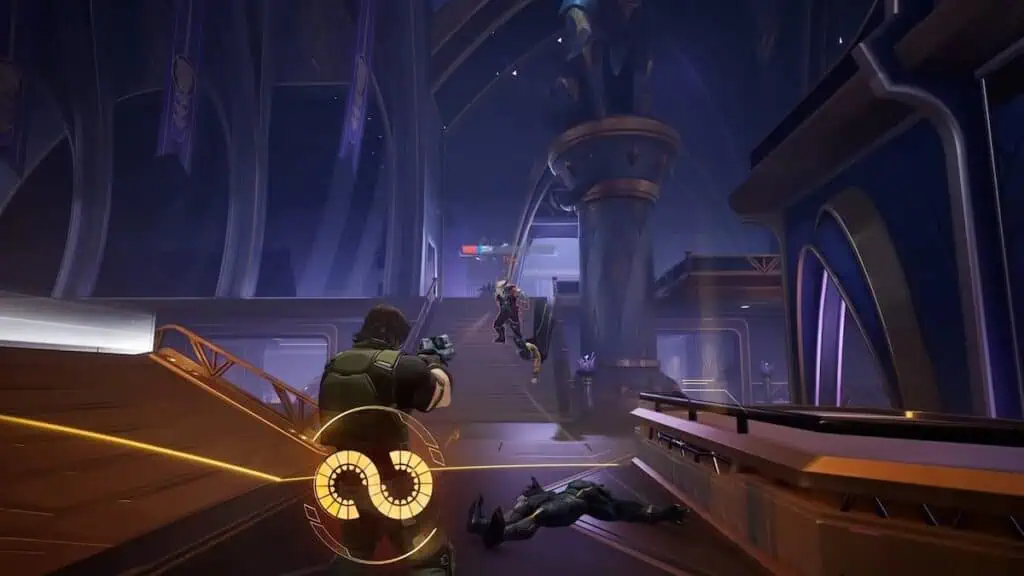
Winter Soldier, on the other hand, is a duelist hero who excels in close-quarters combat but also has the tools to engage at mid-range. His kit revolves around his bionic arm, which can pull enemies into his grasp or launch him forward to deliver a crushing blow. His ultimate, Kraken Impact, adds a fun execute mechanic that can turn the tide of battle if timed correctly. Winter Soldier’s gameplay is all about rhythm—pull, shoot, dash, and repeat—rewarding players who master his ability combos. There are only two shots to his weapon before reloading, though, so accuracy is a must.
These new additions feel well-integrated into the game’s chaotic battles, though they do contribute to the overall sense of mayhem. This isn’t necessarily a bad thing, as the fast-paced, brawling nature of Marvel Rivals is surely a large part of the appeal, but it can be overwhelming for those new to the hero shooter genre.
Despite the improvements and new content, Marvel Rivals still has some balancing issues that need to be addressed before launch. The Punisher, for example, is currently overpowered to the point of feeling almost mandatory for a competitive team composition. The same goes for Iron Man, whose aerial dominance can make him feel unfair to counter. I don’t think either Cap or Winter Soldier are anywhere near as powerful as those aforementioned OP characters, or indeed any of the other meta tanks like Venom.
What’s slightly concerning is that the developers at NetEase have suggested they aren’t overly concerned with perfect balance, focusing more on fun and diversity in playstyles. While I appreciate the sentiment, even casual hero shooters benefit from a balanced roster to ensure that the meta doesn’t become stale or overly defined. Right now, it feels as though teams without The Punisher or Iron Man are at a significant disadvantage, which I can see hurting the game’s longevity if it isn’t addressed.

As we edge closer to the December 6 launch, Marvel Rivals feels as though it has the potential to carve out a niche in the crowded hero shooter market. Its accessibility, coupled with the appeal of its Marvel roster, makes it a strong contender, especially among more casual players and Marvel fans. However, the game’s success will heavily depend on how well it handles balance issues and whether it can sustain player interest beyond the initial launch hype.
Suffice to say, my time with the closed beta has softened my initial skepticism. Marvel Rivals may not be the most innovative hero shooter, but it offers a fun and accessible experience that’s easy to pick up and hard to put down. With a few tweaks, it could very well become a mainstay in my multiplayer rotation.
Marvel Rivals has definitely grown on me, offering a blend of familiar gameplay and fresh Marvel-themed content that’s both accessible and enjoyable. While it’s not without its flaws—particularly in the area of character balance—the game’s potential is undeniable. Take a familiar loop and combine it with a popular loop, wrapped in a pretty comic book-esque cel-shaded aesthetic, and you have a winner. Well, probably — there’s no doubt the PvP shooter scene is fickle, and the pie only has so many slices.
Still, as we approach launch, I’m cautiously optimistic that Marvel Rivals will find its footing and deliver a compelling experience that keeps players coming back for more.

